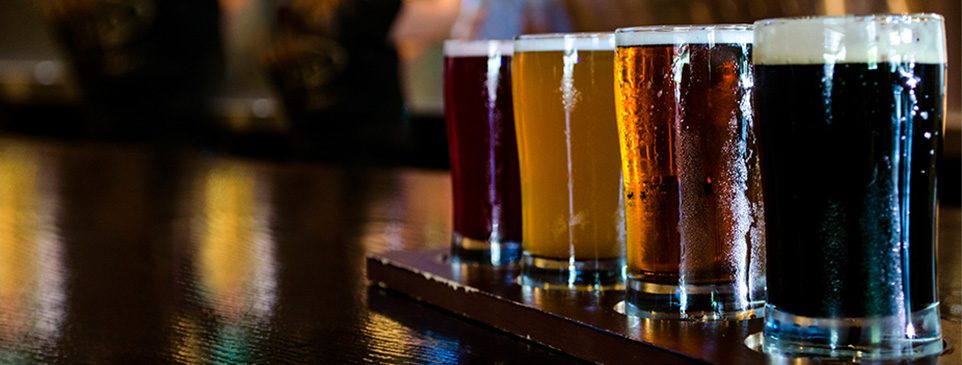The Black Art of Line Cleaning

Line cleaning is one of those tasks that nobody really likes doing but is crucial to maintaining the quality of your beers. It’s also a bit of a black art with many and varied claims and opinions flying around the industry. It’s therefore important to understand what’s going on in the beer lines so that you can make your own informed decision on how and when you line clean.
The science of pulling a pint
When a fluid flows slowly through a pipe it obeys the laws of fluid dynamics and shows laminar flow characteristics. This means that in the flow of a viscous fluid the particles of the fluid move in parallel layers, each of which has a constant velocity but is in motion relative to its neighbouring layers.
Err…And that means?
Well, quite. The fluid next to the walls of the pipe is moving slower than the fluid in the middle.
How does that affect my lines?
Next to the walls of the lines bacteria and yeasts from the beer build up in a slimy like structure called a biofilm. In the early stage it is not possible to see the biofilm but as it builds up and yeast gets stuck in it then it is visible to the naked eye.
So, clean when you see yeast?
In the world of beer line cleaning some people do suggest that you only need to clean the lines when you see the yeast, but this is too late as the biofilm has already built up. Better advice would be the clean the lines when they are clean rather than let them get to the stage that yeast can be seen.
What’s the point of that?
If you clean your lines regularly before the biofilm has built up so yeast can be seen yield is improved and there is much less chance of tainting the serve.
Line cleaners
There are a number of beer line cleaners on the market, with a variety of different constituents and formulations, and an equal number of claims for their effectiveness. The best and most effective approach is to choose a product that has dual functions of removing organic material (the biofilm) and killing the microorganisms (sanitising the line).
Historically a line cleaner which is a mixture of Sodium Hydroxide and Sodium Hypochlorite has proved to be very effective.
How often should I clean my lines?
This is a hotly debated topic with some people claiming that the time between line cleans can be extended. This has definite cost benefits but needs to be carefully monitored as loss of sales due to a poor quality product can quickly outweigh any line cleaning savings.
A full microbiological study should be made to ascertain the optimum line cleaning frequency. Bear in mind different beer types have different microbiological and yeast loadings with cask beer and unfiltered unpasteurised keg beers more likely to infect a beer line in a shorter period.

Making Line cleaning less expensive
If you are extending your line time-frequency make sure you check all the weak spots in the system; fob detectors, flow controllers, warm areas under the bar, bends and curves in the beer line where the beer flow slows.
Consider how you could reduce the beer wastage involved in line cleaning. Sometimes by changing the cleaning procedure and cleaning when a cask or keg is empty rather than all lines together in one session will save a fair amount of beer. You could also use the waste beer in your kitchen or even offer it at cost to your customers/staff to reduce the line cleaning cost to the business.
It can be seen that beer line cleaning is a bit of a black art but with a good understanding of the principles and some innovative thinking you may be able to make the task, if not less laborious, certainly less expensive.
If you have any further queries about any aspect of line cleaning please contact us

